Au runway background, from home, we organize our to the defense. And what better than to use the glass for more effective shots. Let's tackle a rather difficult blow to negotiate, the rear window exit.
There are 2 types of backhand played after rebound on the glass: the attack one which will be impacted above the level of the belt, and the defense one which will be played below. Since we are in the chapter of basics of padel and that attacking is not essential, we will focus on defense.
Depending on the position on the track
Either you are posted to the right, or you are posted to the left, but in the majority of cases, right-handed or left-handed, you will find yourself close to the side window for the realization of the reverse when exiting the window. Only right-handed people posted to the right will have the opportunity, or the chance, to play a ball after rebound on the glass in the center of the field. It should be clear to you.
In what situation will I have to play a window exit?
First case, let's start with simplicity. Right-handed player on the right. The ball bounces off a glass in the center and you have the track wide open in front of you.
Second case, more complicated. You are right handed or left handed, and you must play a ball coming parallel to the side grid, hit by the opponent positioned in front of you. The rebound will be straight, that is to say that the ball will tend to start again in the same direction as its outward journey.
Third case, slightly more complicated, the ball will come from the opposing player positioned in your diagonal, on your forehand, but it will be so deep that you will have to let it pass, turn with it, to ultimately impact it after the glass with a backhand .
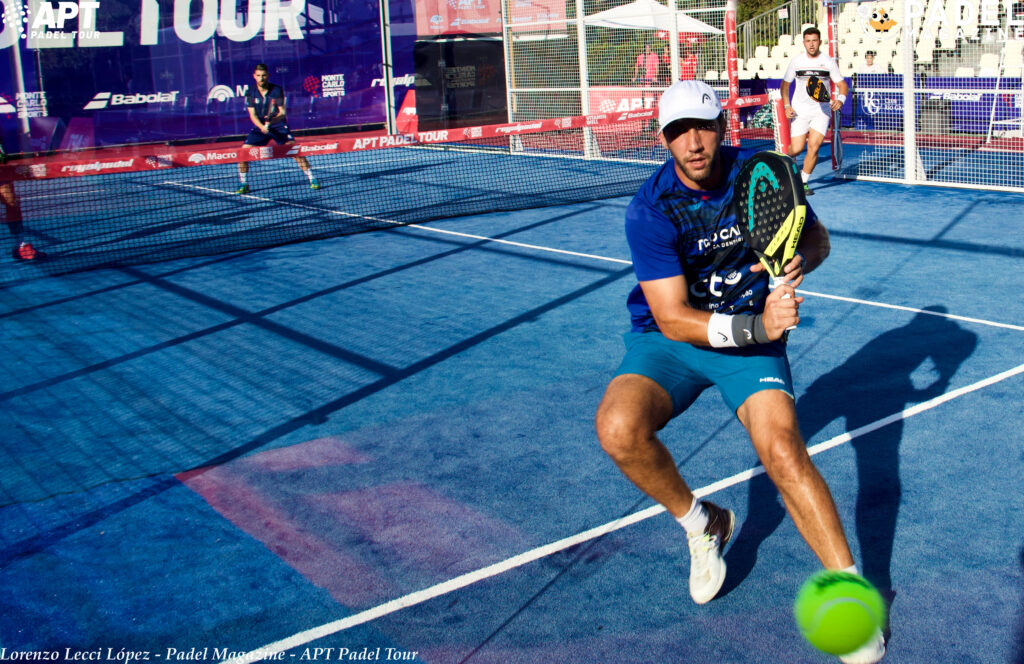
Fourth case, much more complicated! The ball that will bounce off the side glass first, then the bottom glass, and that you will have to play with a backhand as you separate from the side window.
So here is the situation. If you're not right-handed to the right, the reverse window exit is really not an easy move as you are locked up against the side window. The first thing you should therefore have in mind is this idea of wanting to open your body towards the track in order to have several possible options.
The most common mistakes
Speed up the ball while we are in an awkward position. Opponents will see our backs so we won't know where they are placed.
Do not accompany the ball. Since we are going to lock ourselves in, if in addition we do not make the effort to find ourselves behind the ball at the moment of impact, we might as well tell you that the outcome of the point is unlikely to fall on our side.
Always look for the lob. It is good to play a lob after coming out of the back window because we will have time to get back in place, but be careful that this does not become a habit because our opponents will be waiting for us at the turn.
The technique
Let’s come to that. During our training, it may be interesting to start working on the window exits on the side where the track is open. Right-handed or left-handed, this way we will take away our fears or frustrations when it comes to playing this type of ball.
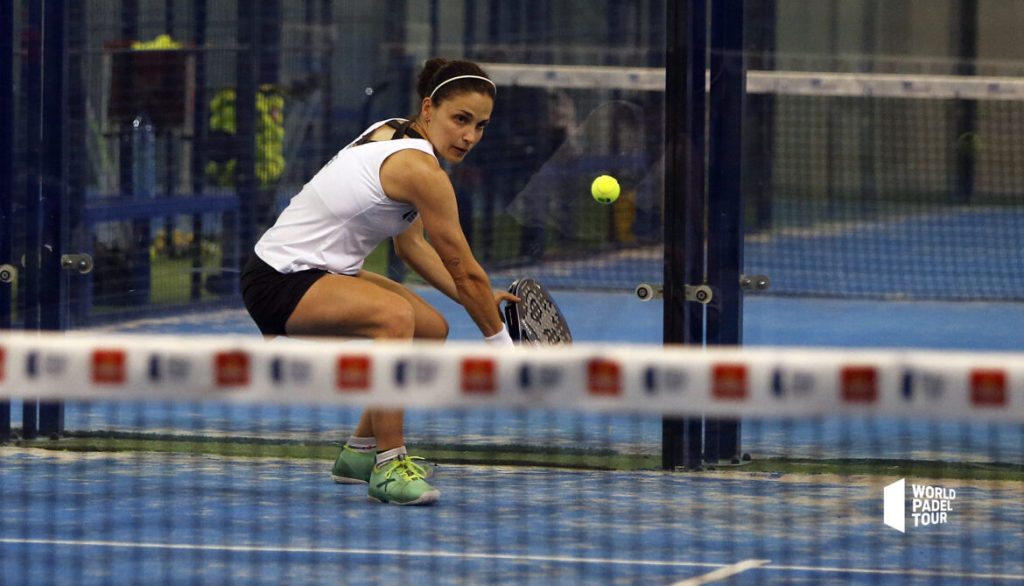
Once reassured, we can move closer to the side window by changing sides.
Waiting position as always with the pala positioned in front of us in a low position, legs bent, in the house. Before moving, we will take the time to understand where the ball is going. This slight waiting time at the start will prove to be effective then, at the time of the strike.
As soon as we have the information of the backhand, we will place our pala as a “normal” backhand with the help of the non-dominant hand.
Once the pala is placed, we will have to accompany the ball backwards, parallel to its trajectory before rebounding on the glass.
As soon as we know that the ball should bounce off the back glass, we will “break” our wrist so that the pala's head is raised. This way we will be able to impact the ball correctly by passing under it.
We will let the ball bounce and then reverse our momentum to come forward. This support on the dominant leg will be between the rebound of the ball on the glass and the impact with our pala. In order to avoid locking ourselves in, the foot of the front or dominant leg should be oriented towards the opposing track.
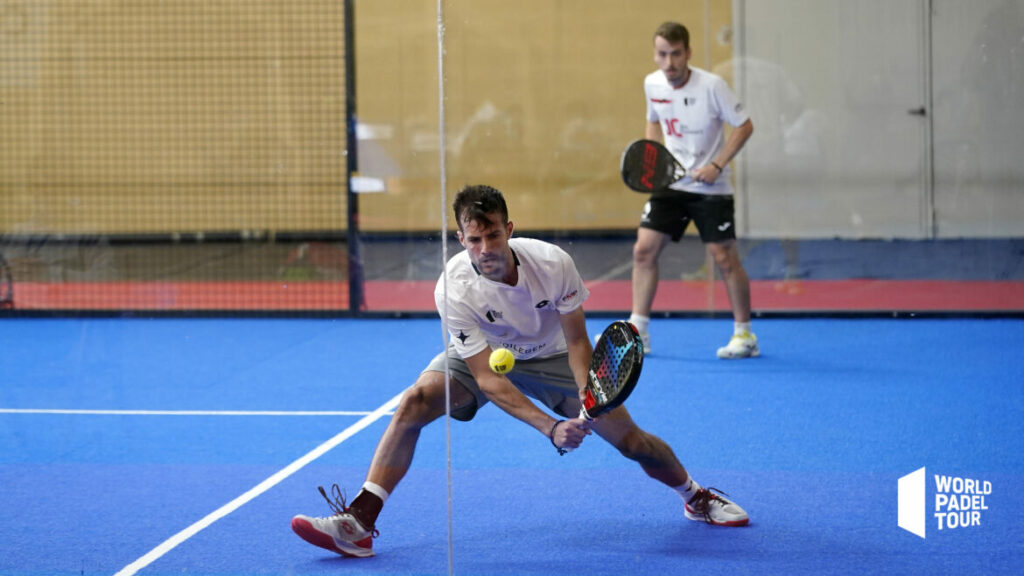
Then comes the moment of the strike. Be careful, it is a defensive shot that we will have to push, accompany, in order to recover our initial position. If we are looking for the winning move, our success rate is likely to be lower.
Tips
If you are right handed, feel free to use this back glass exit for slow, short balls into the volleyball players' feet. Your openness on the track will allow you to counter-attack.
For other players, do not hesitate to turn with the ball to play a nice defensive backhand exit. Look at Paquito Navarro. Patience.
Julien Bondia is a teacher of padel in Tenerife (Spain). Columnist and advisor, he helps you play better through his tutorials and tactical/technical articles padel.




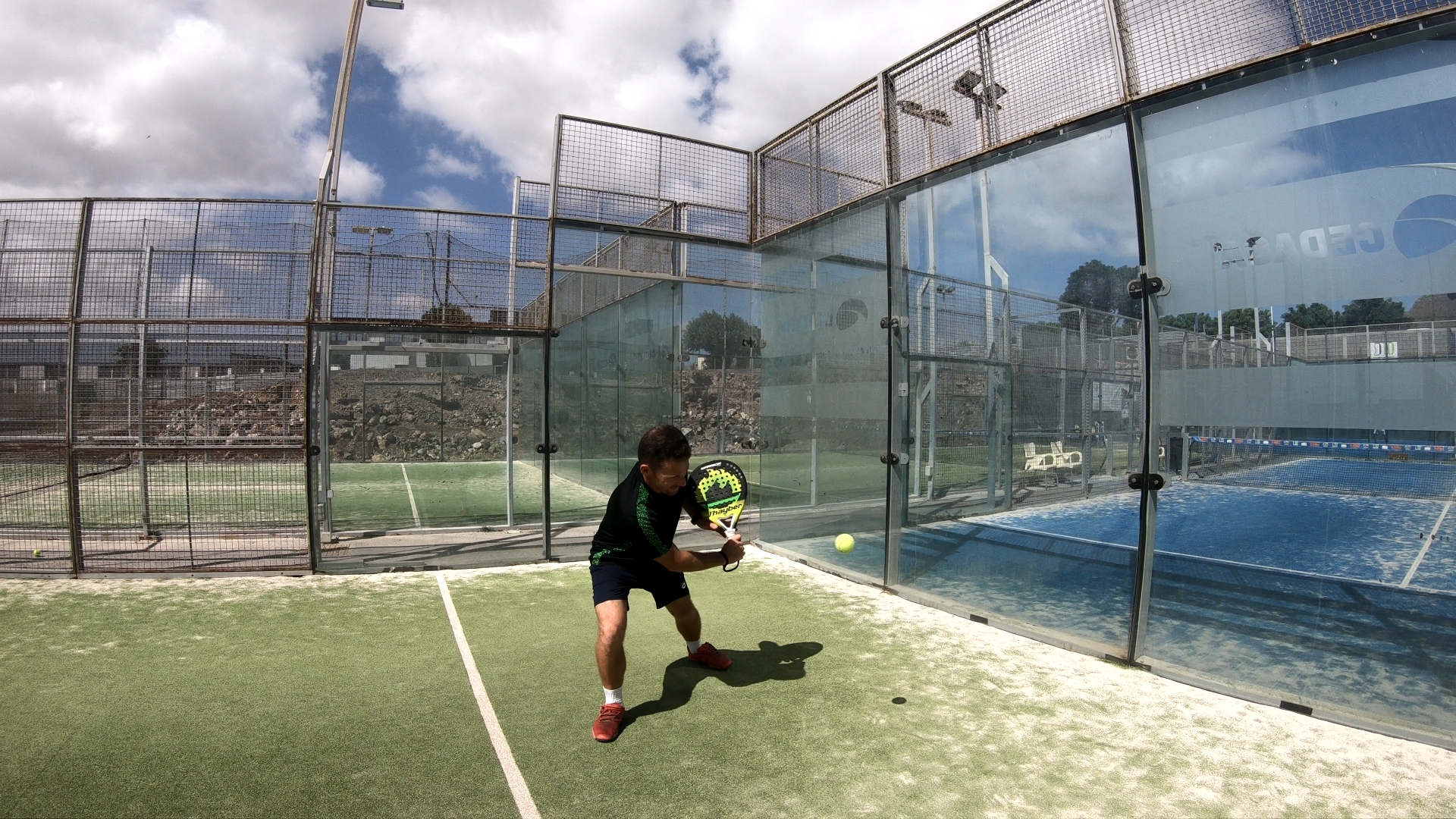













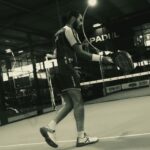

















































































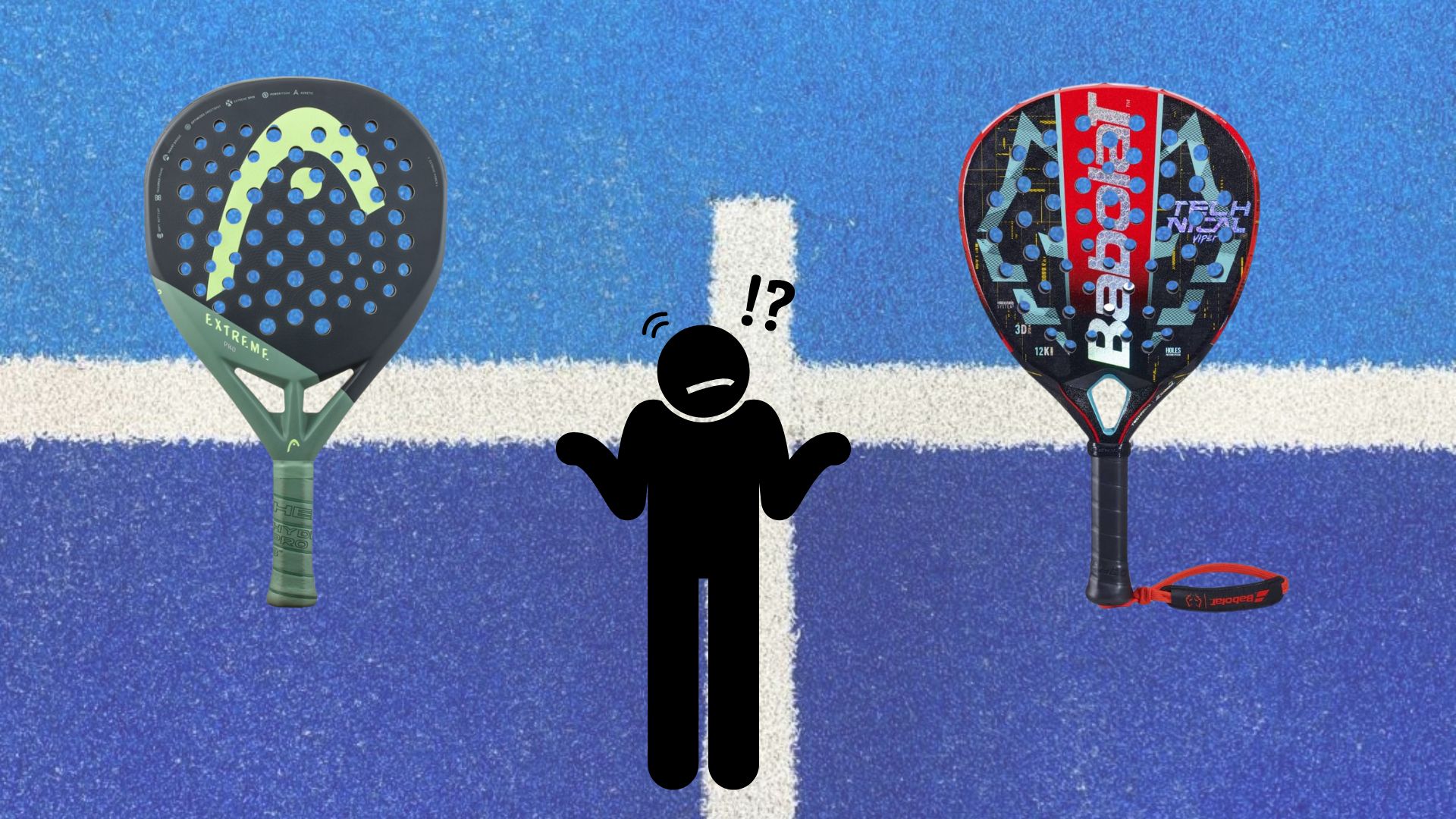 Which high-end racket to choose in 2024?
Which high-end racket to choose in 2024?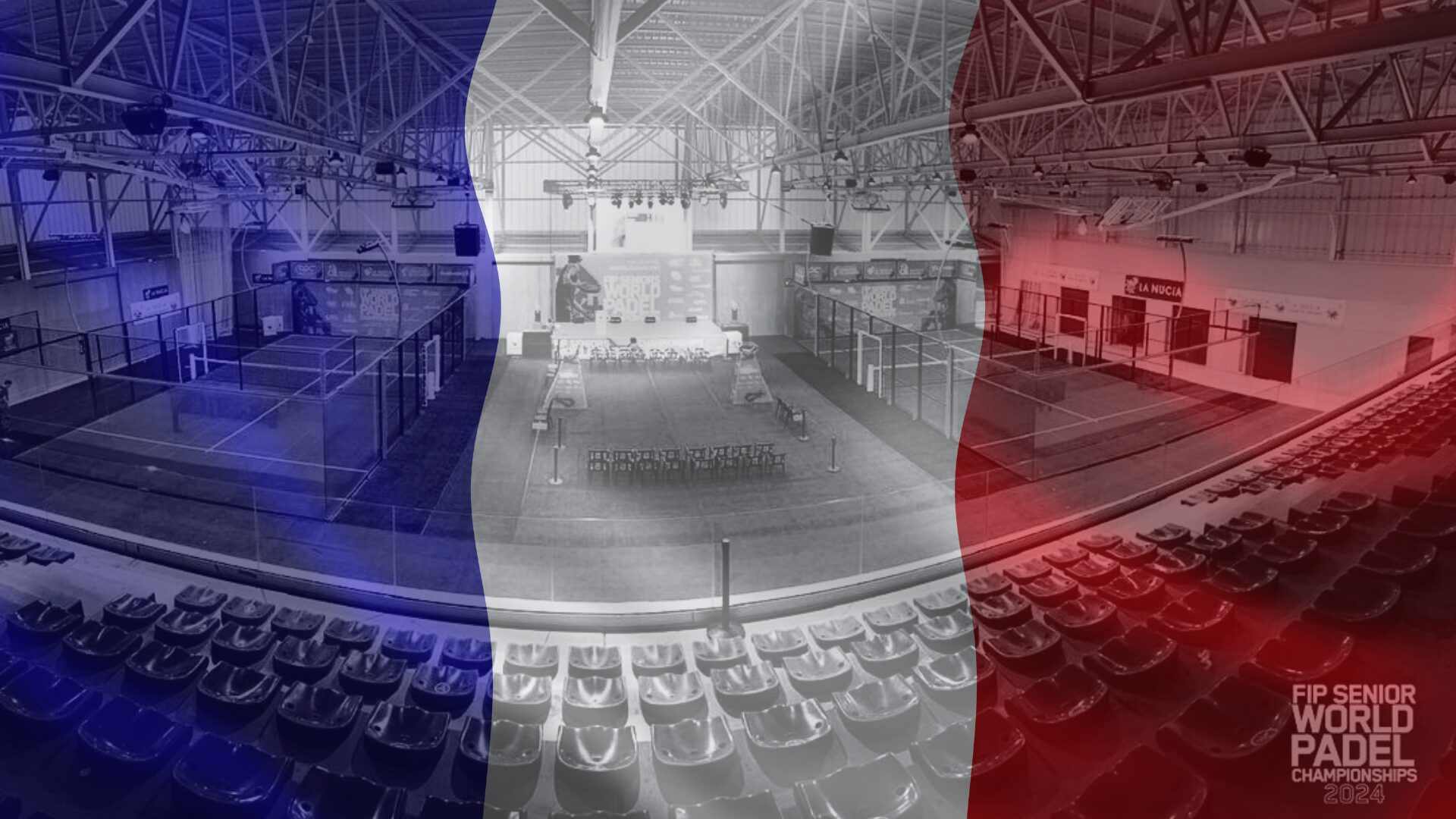 World Seniors Plus 2024 Open (M): five French pairs in the quarters!
World Seniors Plus 2024 Open (M): five French pairs in the quarters!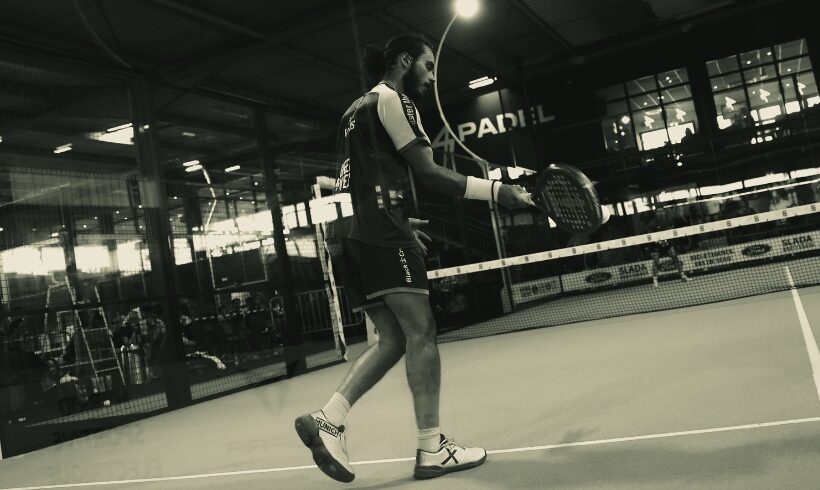 Manuel Vives: “It’s extremely difficult to get by financially”
Manuel Vives: “It’s extremely difficult to get by financially” 2024: a pivotal year for PadelShot
2024: a pivotal year for PadelShot And 4 for Frederick and Mehdy with network 4Padel !
And 4 for Frederick and Mehdy with network 4Padel !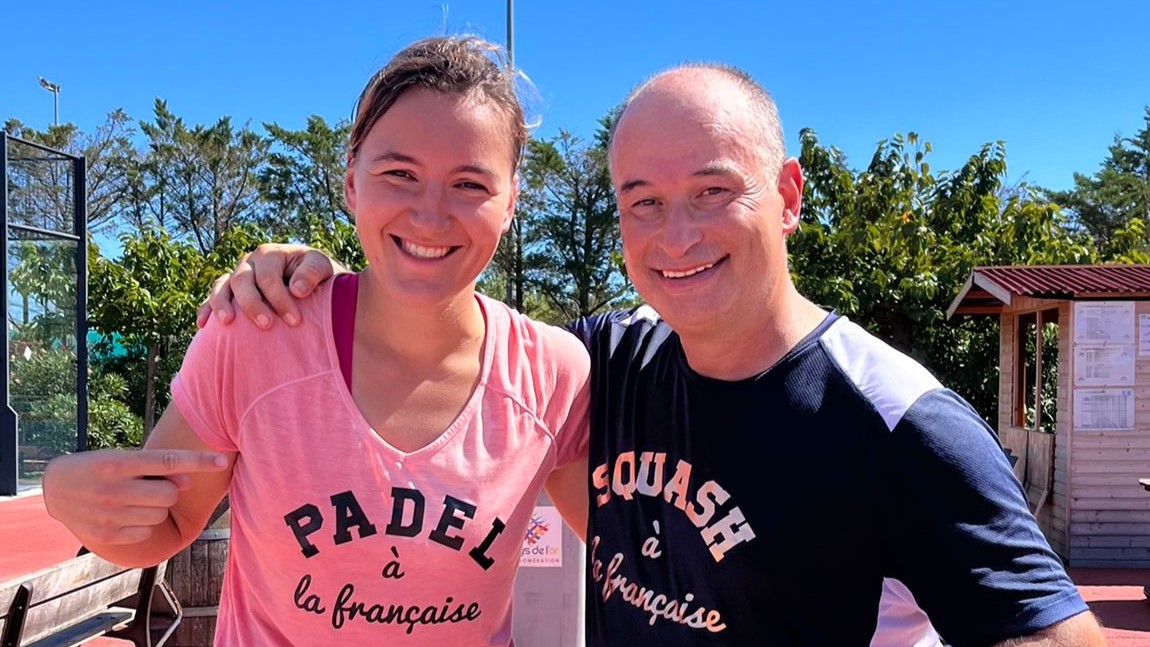 Benoît Letourneau (GM Squash & Padel): “Have a hundred young people in multi-snowshoes within three years”
Benoît Letourneau (GM Squash & Padel): “Have a hundred young people in multi-snowshoes within three years”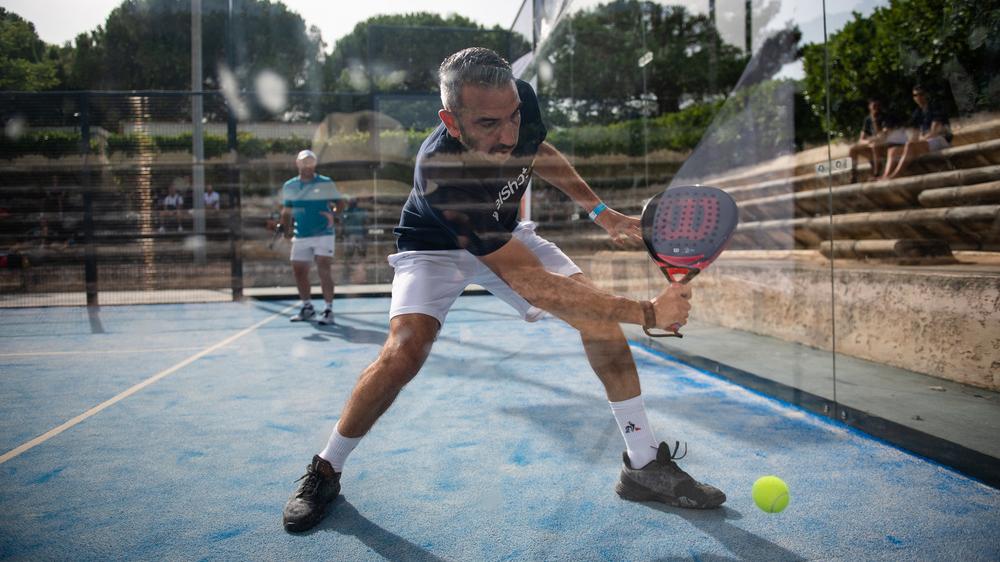 World Senior Plus – Simon Boissé: “Be in the first five places”
World Senior Plus – Simon Boissé: “Be in the first five places”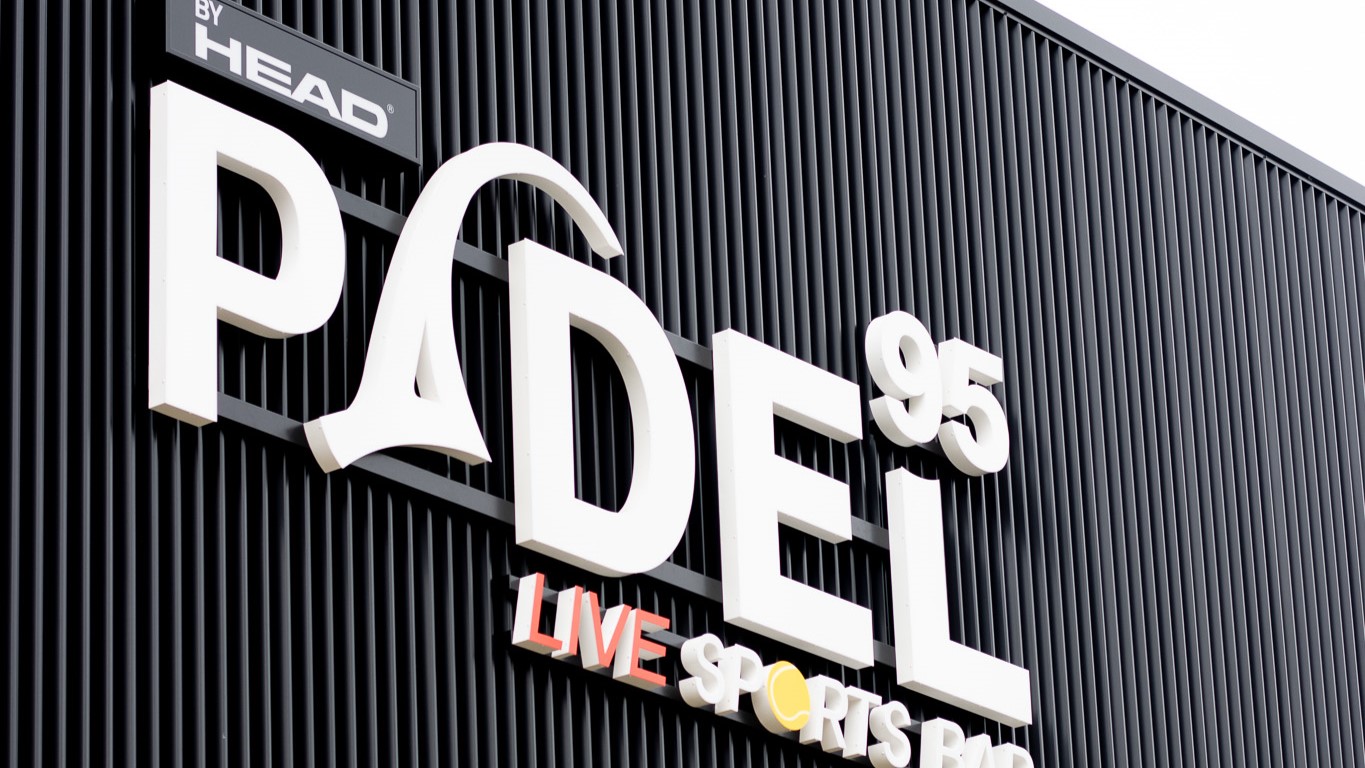 Padel 95: a brand new complex in Pontoise!
Padel 95: a brand new complex in Pontoise! World Seniors Plus 2024 Open (M): the French start very strong
World Seniors Plus 2024 Open (M): the French start very strong Lorena Rufo teams up with Bea Caldera
Lorena Rufo teams up with Bea Caldera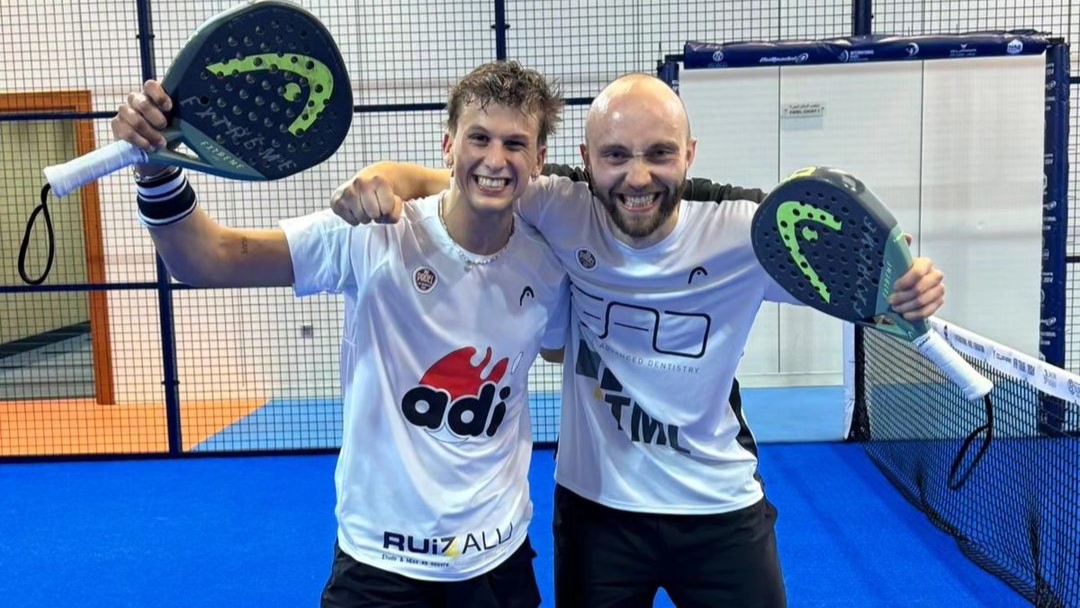 The big progress of Thomas Vanbauce
The big progress of Thomas Vanbauce Play at padel on his yacht? Possible for €233.000!
Play at padel on his yacht? Possible for €233.000!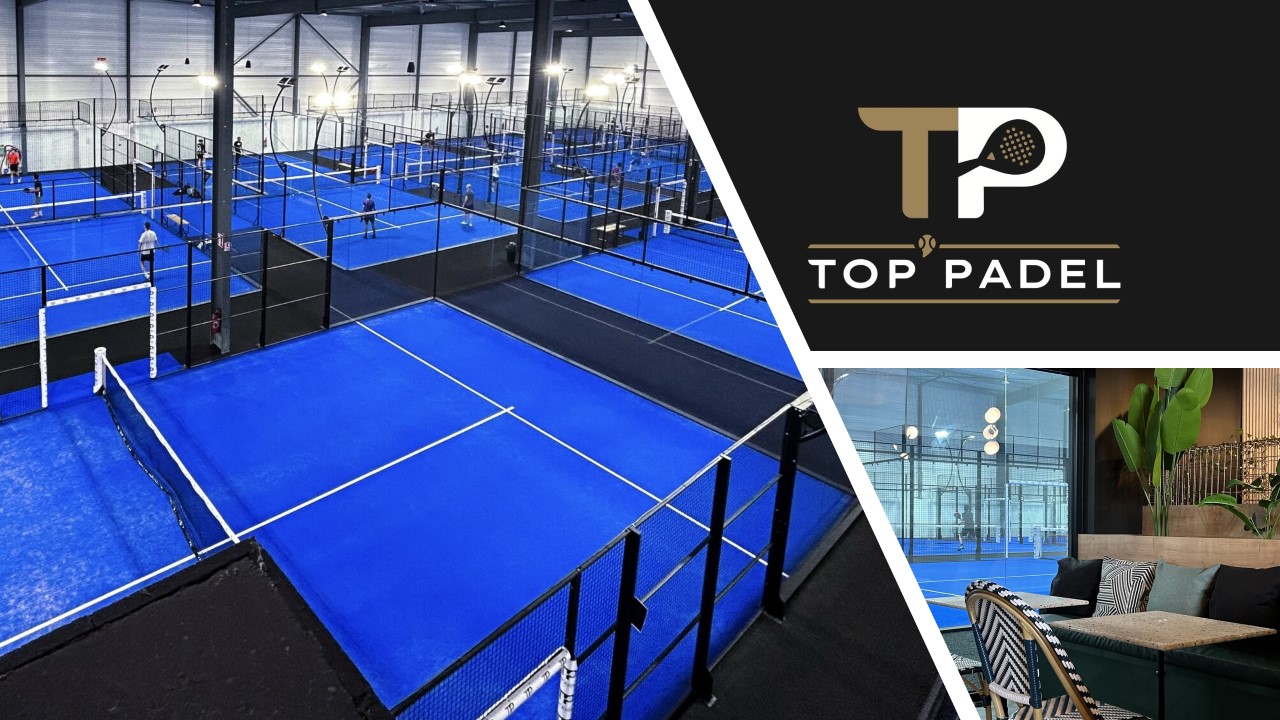 TOP Padel : “A premium club with 10 slopes in Toulouse”
TOP Padel : “A premium club with 10 slopes in Toulouse” The padel of the Barrière Country Club are born in La Baule
The padel of the Barrière Country Club are born in La Baule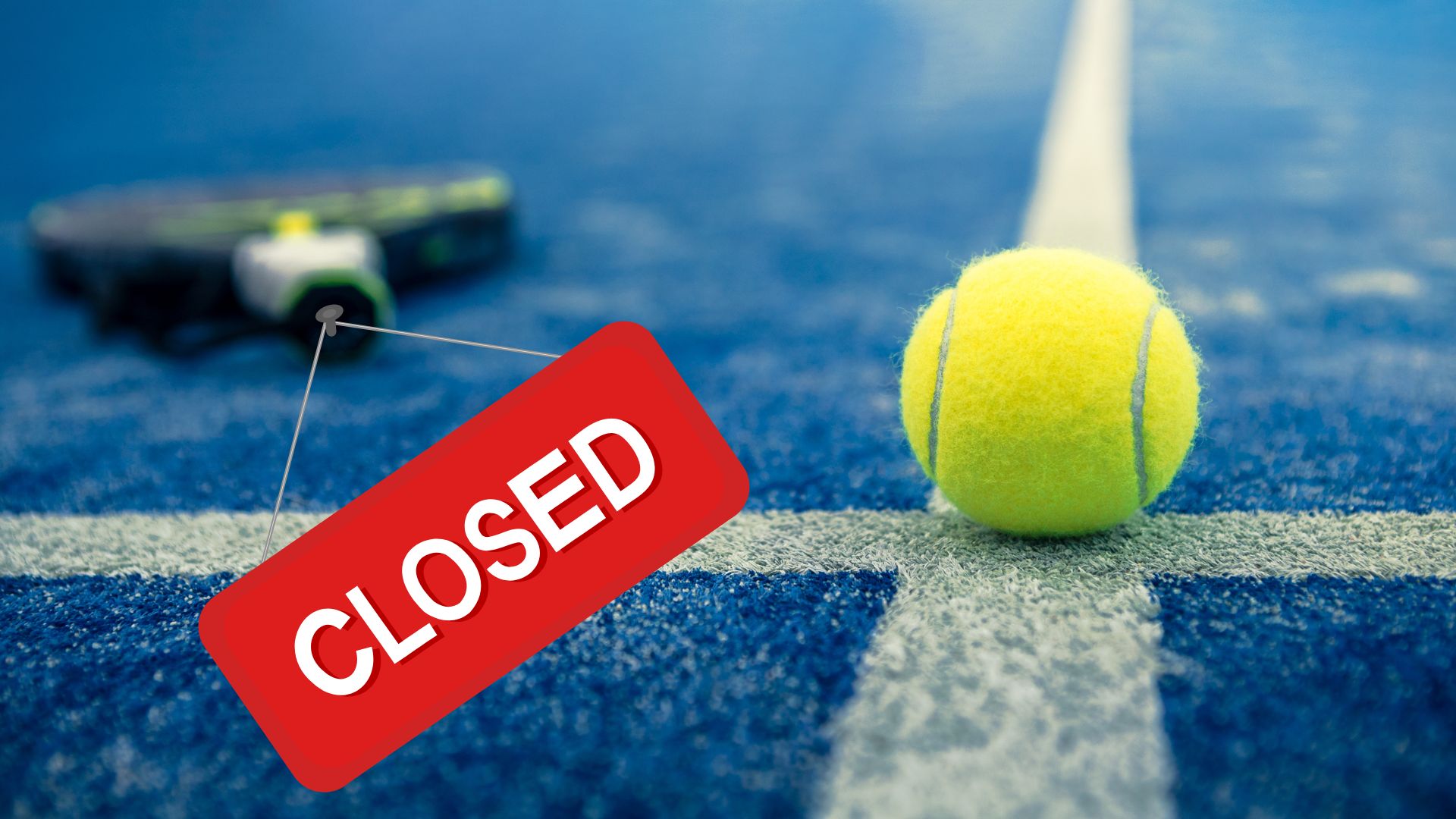 Why clubs padel do they close?
Why clubs padel do they close? At the heart of padel – Episode 24: Paul Daulan shares the evolution of his bandeja
At the heart of padel – Episode 24: Paul Daulan shares the evolution of his bandeja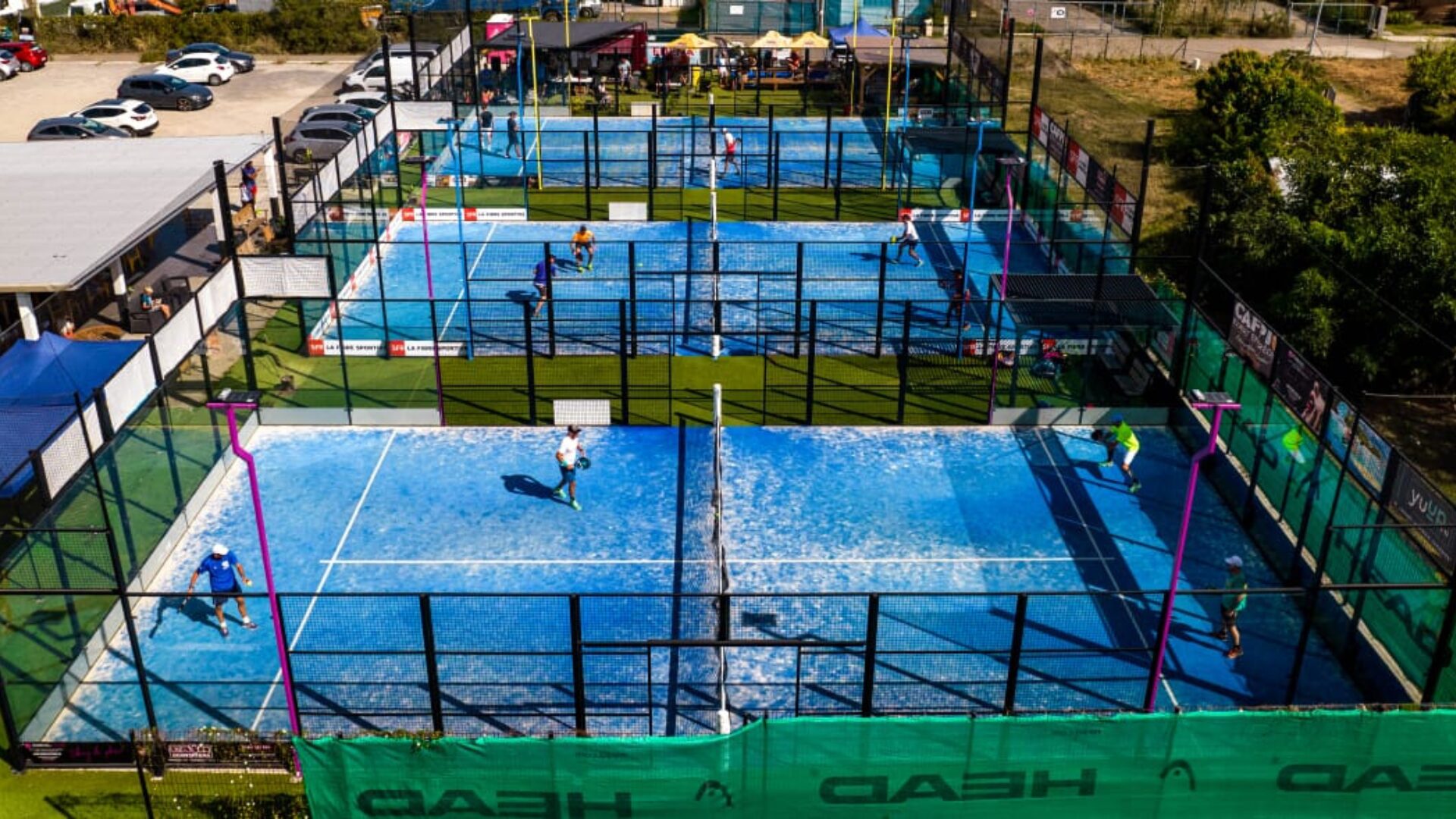 Why choose a track padel new?
Why choose a track padel new?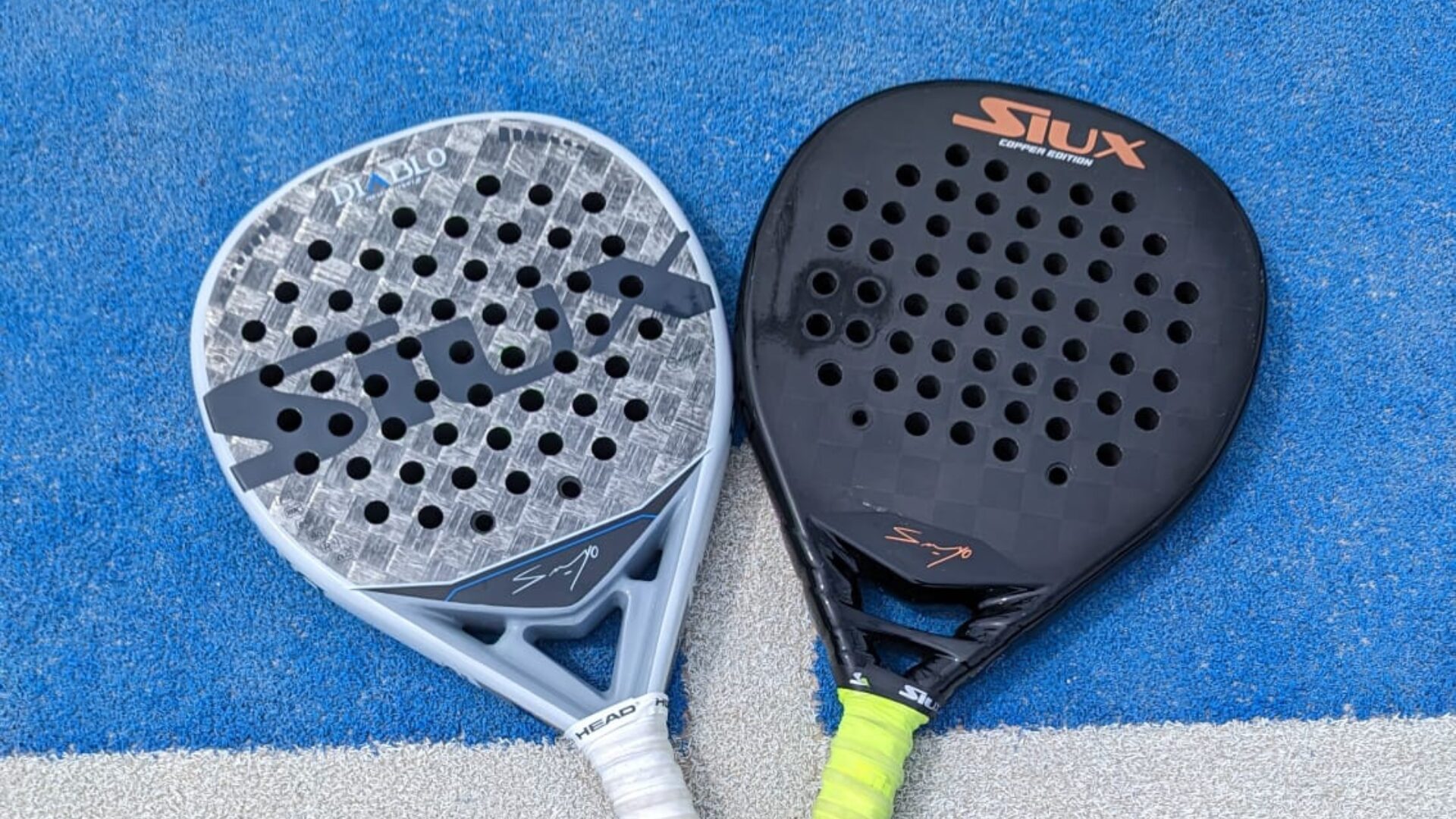 Do you know snowshoes? padel hybrids?
Do you know snowshoes? padel hybrids? At the heart of padel – Episode 23: defend the window well
At the heart of padel – Episode 23: defend the window well Prohibition on playing topless Padel : the reasons
Prohibition on playing topless Padel : the reasons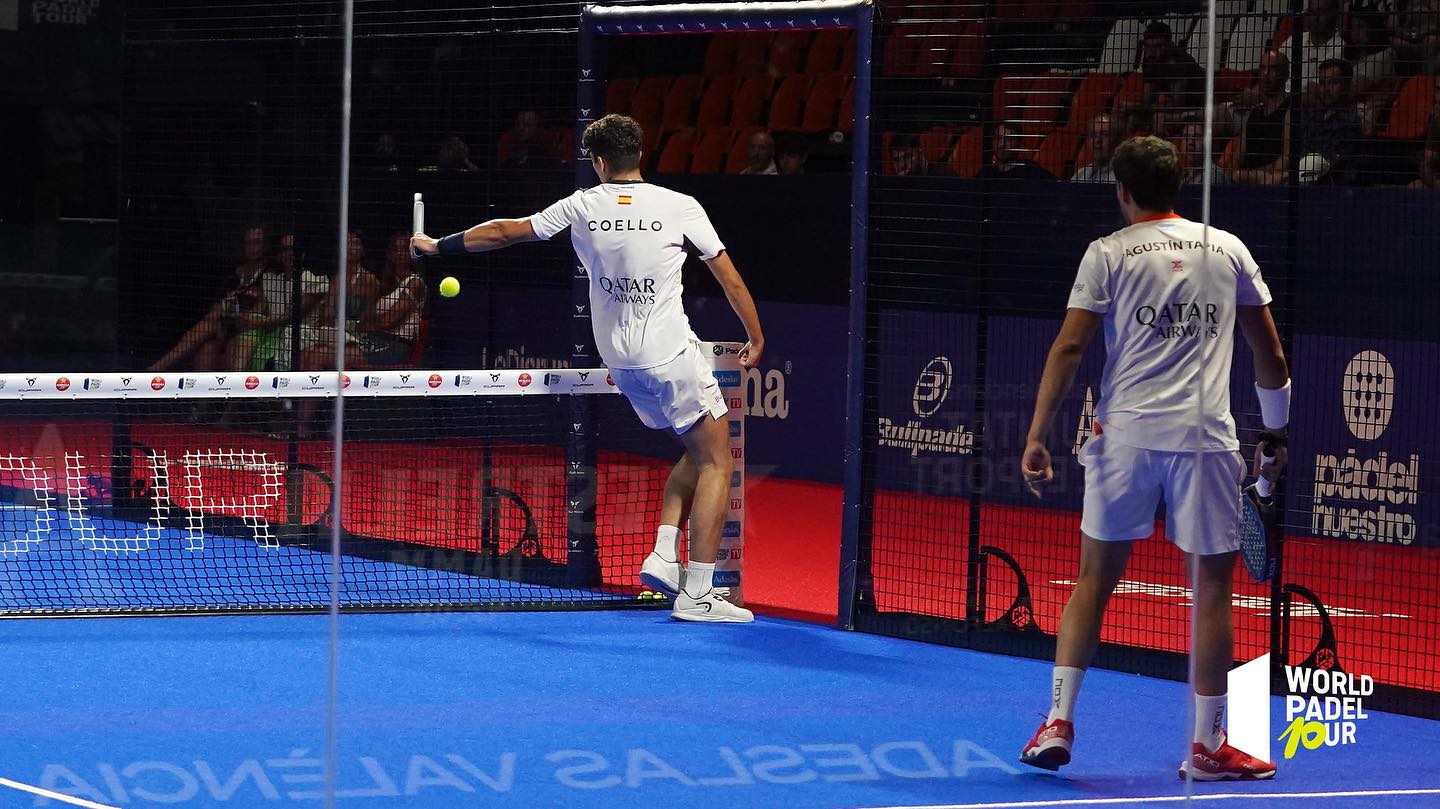 What is the difference between a dormilona, a dejada and a cushioned puerta?
What is the difference between a dormilona, a dejada and a cushioned puerta? FIP Tour – Going far from Europe, THE strategy to earn points!
FIP Tour – Going far from Europe, THE strategy to earn points! What is a good football player? padel ?
What is a good football player? padel ? “Lefties give me headaches when I play against them!”
“Lefties give me headaches when I play against them!” At the heart of padel – Episode 14: how to earn points in winter?
At the heart of padel – Episode 14: how to earn points in winter?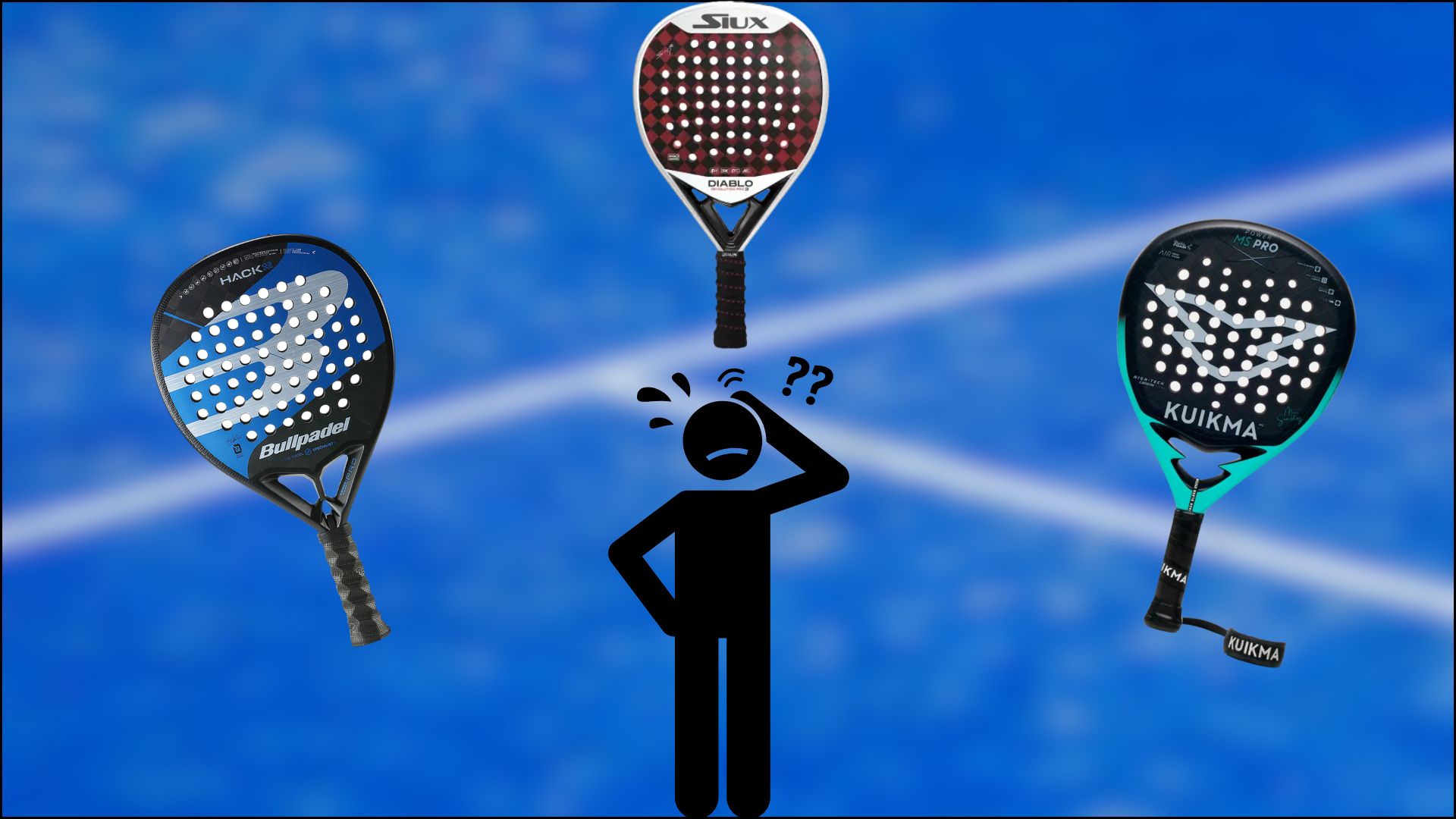 Choose your racquet padel in 3 steps
Choose your racquet padel in 3 steps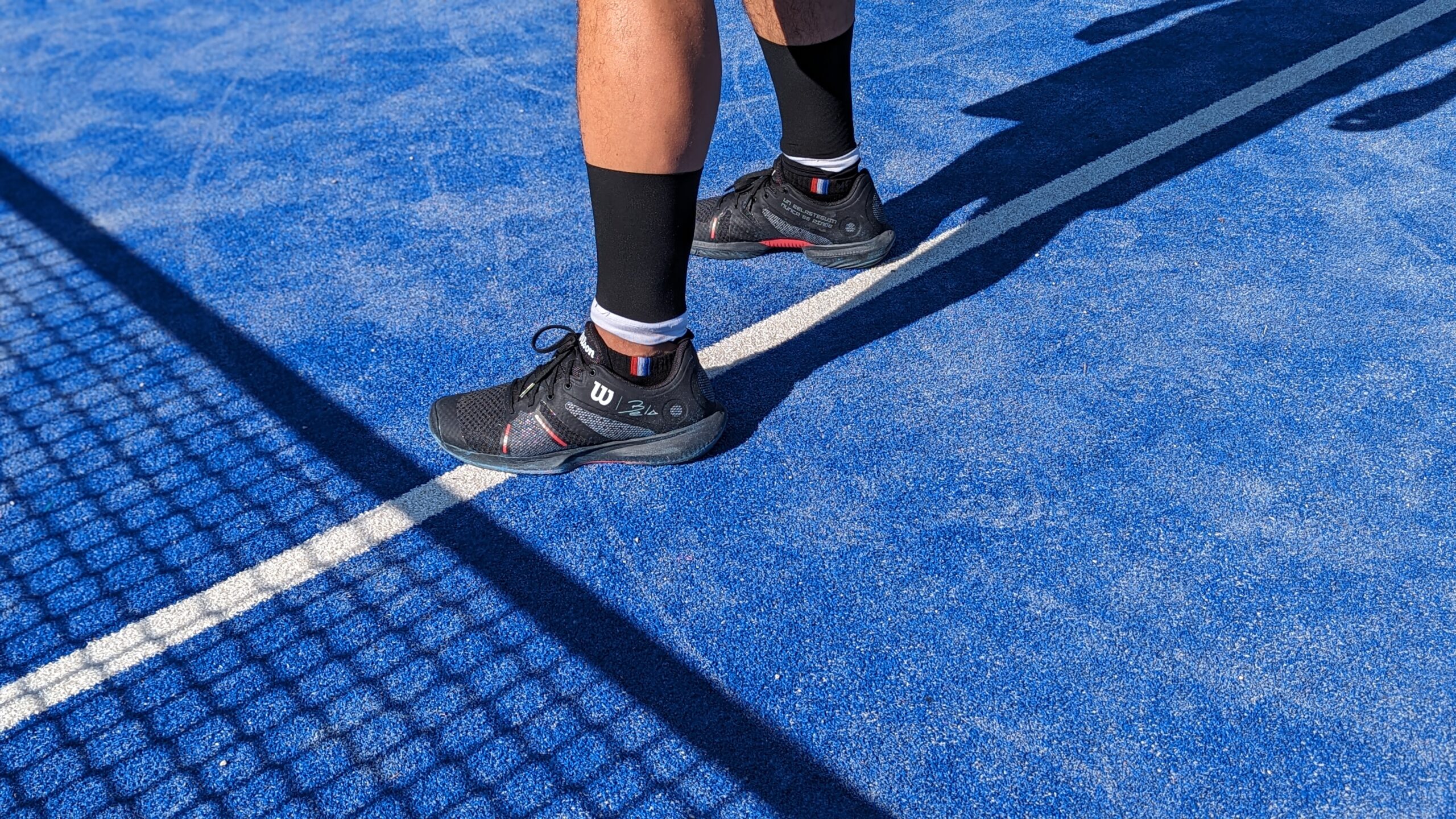 Practical guide to determining your ideal shoe size padel
Practical guide to determining your ideal shoe size padel La padel to fight Parkinson's disease
La padel to fight Parkinson's disease Don't play with a cracked or broken racket, your body will thank you!
Don't play with a cracked or broken racket, your body will thank you! Michel Cymes: “The padel, physically, it’s serious!”
Michel Cymes: “The padel, physically, it’s serious!” Jeremy Gala: “Promote the padel among young people in Belgium remains a challenge”
Jeremy Gala: “Promote the padel among young people in Belgium remains a challenge” The French Touch Academy organizes its selection day Padel-Study
The French Touch Academy organizes its selection day Padel-Study Report on the detection and training of younger generations
Report on the detection and training of younger generations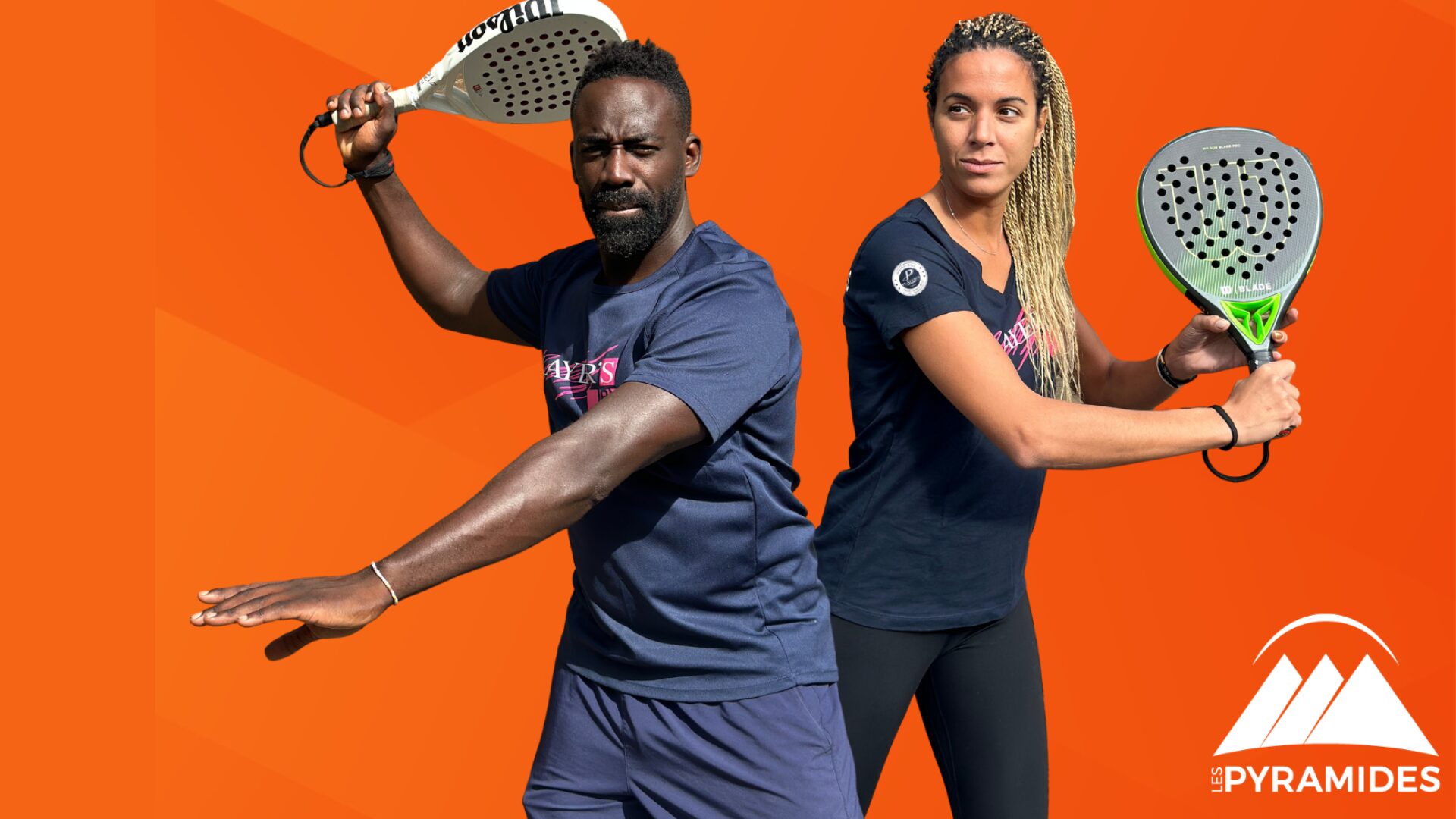 Player's adult courses from April 8 to 21, 2024!
Player's adult courses from April 8 to 21, 2024!